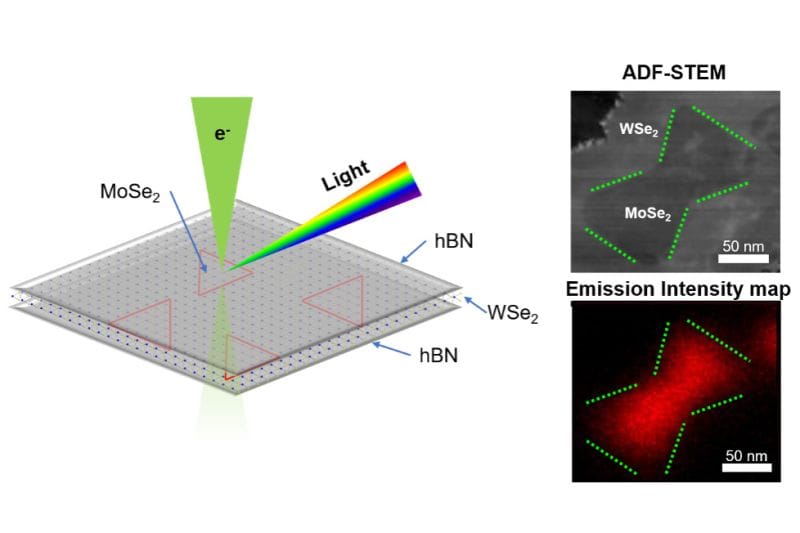RSS feed source: Federal Emergency Management Agency
Tennessee homeowners and renters in nine counties who had uninsured damage or loss caused by the severe storms, straight-line winds, tornadoes and flooding that occurred April 2-24 may be eligible for FEMA disaster assistance. The designated counties include Cheatham, Davidson, Dickson, Dyer, Hardeman, McNairy, Montgomery, Obion and Wilson. FEMA may be able to help with serious needs, rental assistance, basic home repair costs, personal property loss or other disaster-caused needs.
There are several ways to apply for FEMA disaster assistance. Go to DisasterAssistance.gov, use the FEMA App for mobile devices or call the FEMA Helpline at 800-621-3362. Lines are open from 6 a.m. to 10 p.m. CT seven days a week and specialists speak many languages. To view an accessible video on how to apply, visit Three Ways to Apply for FEMA Disaster Assistance – YouTube.
FEMA’s disaster assistance offers benefits that provide flexible funding directly to survivors. In addition, simplified processes and expanded eligibility allows Tennesseans access to a wider range of assistance and funds for serious needs.
What You’ll Need When You ApplyA current phone number where you can be contacted.Your address at the time of the disaster and the address where you are now staying.Your Social Security number.A general list of damage and losses.Banking information if you choose direct deposit.If insured, the policy number or the agent and/or the company name.
If you have homeowners, renters or flood insurance, you should
Click this link to continue reading the article on the source website.


